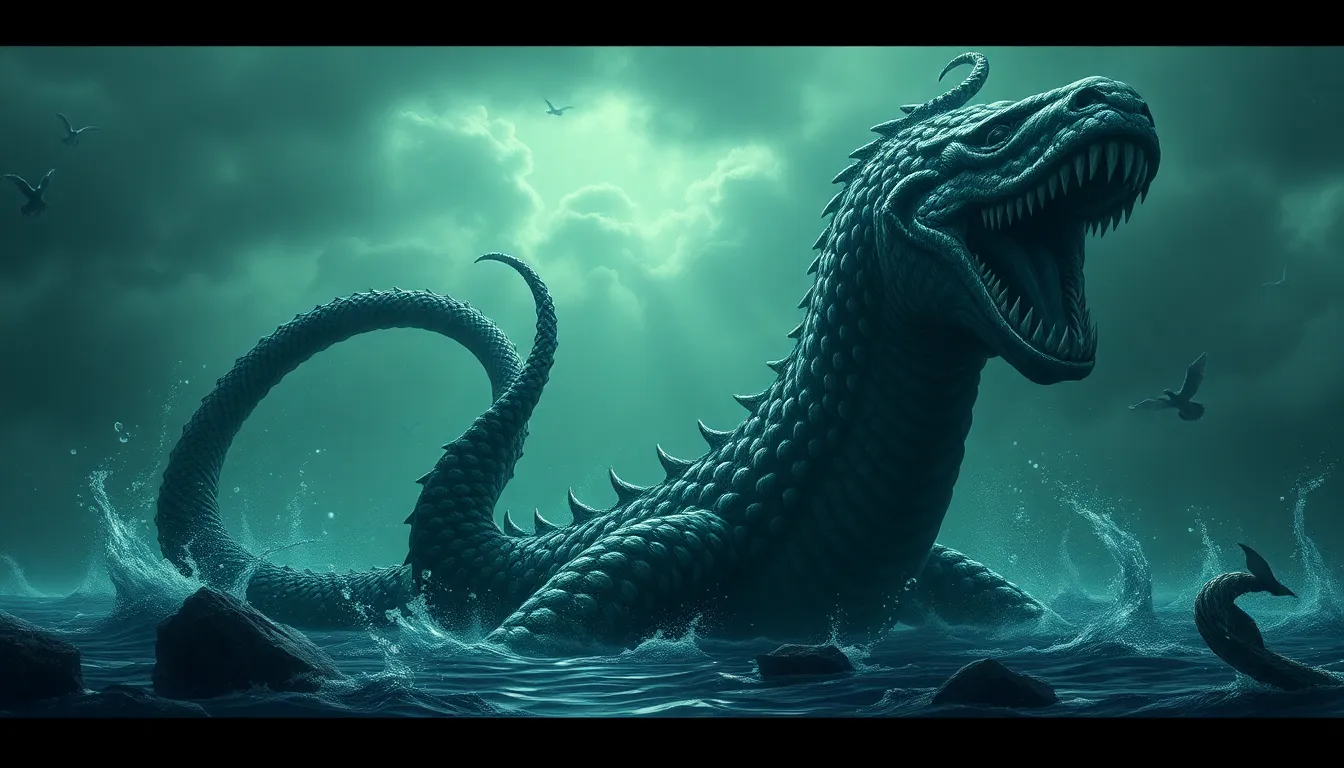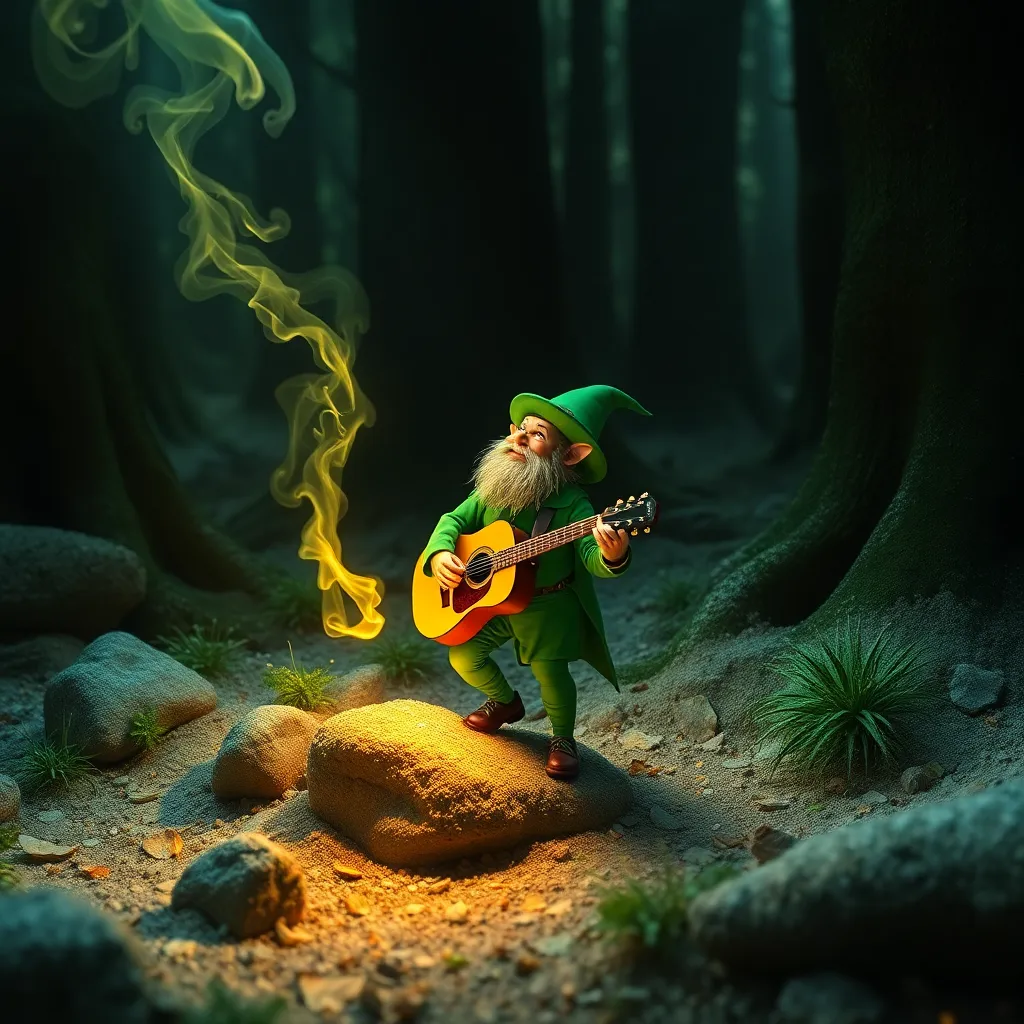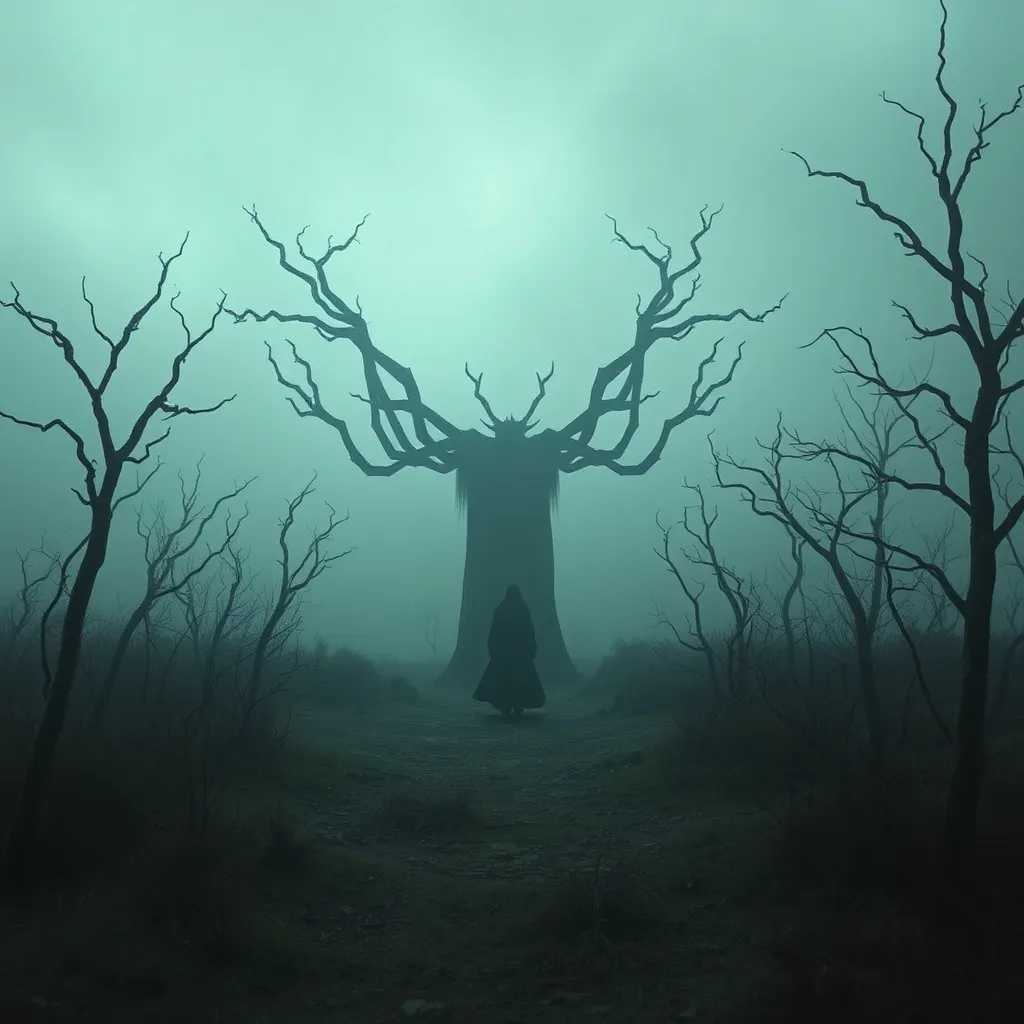From Kraken to Kelpie: Navigating the Depths of European Myth
I. Introduction
European maritime mythology is a rich tapestry woven from the tales and legends of the sea. These stories often feature a diverse array of mythical creatures, each representing different cultural values, fears, and aspirations. The significance of sea creatures in folklore goes beyond mere entertainment; they serve as symbols of the unknown, embodying humanity’s complex relationship with the ocean and its mysteries. This article will delve into various legendary beings, including the Kraken, Kelpie, Siren, Selkie, and Leviathan, exploring their origins, characteristics, and cultural impacts.
II. The Kraken: A Giant of the Deep
The Kraken is perhaps one of the most famous sea monsters in European mythology, originating from Norse folklore. Described as a colossal octopus or squid, the Kraken is said to dwell off the coasts of Norway and Greenland. Sailors claimed that it would rise from the depths to drag entire ships beneath the waves, creating a sense of fear and awe among those who ventured into its territory.
Characteristics of the Kraken include:
- Immense size, capable of sinking ships.
- Ability to create whirlpools and turbulent waters.
- Often depicted with long tentacles and a monstrous appearance.
The cultural impact of the Kraken is significant, as it has inspired countless stories, films, and artworks. In modern representations, the Kraken has evolved from a terrifying monster to a more nuanced symbol of nature’s power, featured prominently in movies such as “Pirates of the Caribbean” and various video games. The legend of the Kraken continues to captivate imaginations and serves as a reminder of the ocean’s vast and uncharted territories.
III. The Kelpie: The Water Horse of Scotland
The Kelpie is a fascinating creature from Scottish folklore, often depicted as a beautiful horse that resides in bodies of water such as lakes and rivers. The legend states that Kelpies can transform into human form, luring unsuspecting victims—often young women or children—onto their backs before plunging into the depths.
The dual nature of the Kelpie is one of its most intriguing aspects. While it can appear as a majestic steed, it is ultimately a malevolent entity. This transformation symbolizes the deceptive nature of beauty and the dangers that lurk beneath the surface.
Symbolism and themes in Kelpie stories include:
- The allure of temptation and the consequences of succumbing to it.
- The connection between water and the unknown.
- The importance of caution when encountering the seemingly beautiful.
The tales of Kelpies serve as cautionary folklore, warning of the dangers that can arise from trusting appearances and the unpredictable nature of the water.
IV. The Siren: Enchantress of the Sea
In Greek mythology, Sirens are enchanting creatures known for their beautiful voices and alluring appearances. They are often depicted as half-bird, half-woman beings who sing irresistible songs to lure sailors to their doom on rocky shores. The Sirens represent the seductive power of the sea and the peril that comes with it.
Historically, the portrayal of Sirens has evolved. Initially depicted as bird-like creatures, they later became associated with mermaids in medieval literature. This evolution reflects changing cultural perceptions of femininity and danger.
The influence of Sirens on literature and popular culture is profound, inspiring works from Homer’s “Odyssey” to contemporary films and songs. They symbolize the duality of beauty and danger, illustrating the perilous allure of the unknown.
V. The Selkie: Shape-shifting Seals of the North
Selkie folklore is prevalent in Irish and Scottish tales, depicting Selkies as seal creatures that can shed their skin to become human. These beings often embody themes of love, loss, and longing, as they can engage with humans but are ultimately bound to the sea.
The stories of Selkies frequently explore:
- The bittersweet nature of love between humans and mythical creatures.
- The struggle for identity and belonging.
- The impact of human actions on the natural world.
Modern interpretations of Selkies often highlight their tragic nature, emphasizing themes of separation and the longing for home. They serve as poignant reminders of the connection between humanity and nature, as well as the sacrifices made in the name of love.
VI. The Leviathan: Biblical Behemoth of the Waters
The Leviathan is a colossal sea creature mentioned in various religious texts, most notably the Bible. Often described as a dragon or serpent, the Leviathan represents chaos and the untamed forces of nature. It is a symbol of God’s power, as the creature is depicted as something that only the divine can control.
The symbolism associated with the Leviathan includes:
- The embodiment of chaos and the unknown.
- The struggle between order and disorder.
- Control over nature as a divine right.
The influence of the Leviathan on art and literature is extensive, appearing in works ranging from ancient texts to modern interpretations in films and literature. It serves as a metaphor for the fears humanity has about the uncontrollable aspects of nature and the universe.
VII. Comparative Analysis: Themes Across European Myths
Across European maritime myths, several common motifs and symbols emerge, reflecting humanity’s relationship with the sea. These include:
- The duality of beauty and danger in nature.
- The transformative power of water as both a life-giver and a destroyer.
- The themes of temptation, loss, and the consequences of human actions.
These legends illustrate how cultures interpret the ocean’s vastness and unpredictability. They convey lessons about respect for nature, the importance of caution, and the complexity of human emotions and relationships.
VIII. Conclusion
Maritime mythology holds a significant place in European culture, capturing the imagination and reflecting the complexities of human experience. The stories of the Kraken, Kelpie, Siren, Selkie, and Leviathan not only entertain but also provoke thought about our relationship with the sea and the mysteries it holds. As we explore these myths, we gain insights into the cultural narratives that shape our understanding of beauty, danger, and the natural world. Ultimately, these tales invite us to appreciate the depth of European folklore and the timeless lessons it offers.



